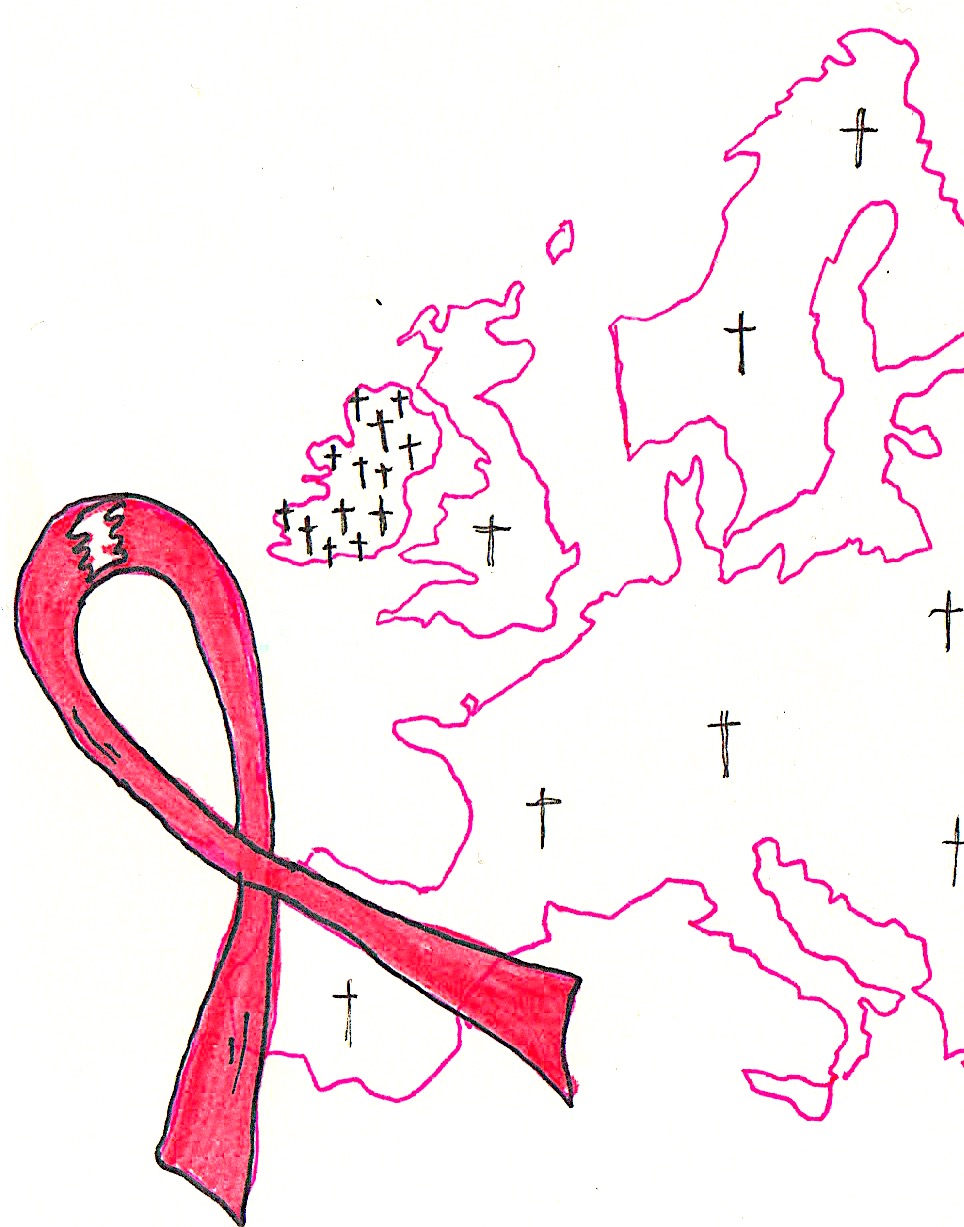
[dropcap]F[/dropcap]ear. That’s all that Máire can recall. It seeped into her veins, into her mind and into her soul. On the day that Máire was diagnosed with breast cancer, all she heard was the dreaded c-word but all she felt was fear.
She remembers sitting in the passenger side of the car as her friend drove her to Beaumont hospital. It was like an innate sense of foreboding had overcome her on the drive there. The only consolation she was looking forward to was knowing for definite one way or the other. The uncertainty of the situation left an acrid taste in her mouth. At least she would know the truth, she tried to tell herself.
A numbing sensation started to fester after the doctor said the words “I’m sorry”. He did not need to say anymore. She knew the words that would follow. All she could think was: “People who get cancer die. I could die”.
Ireland’s female, cancer mortality rate is higher than the rest of Europe, according to the most recent Eurostat figures. A total of 30 percent of Irish women die from cancer compared to the EU average of 23 percent.
Lung cancer is the biggest killer of Irish women while Ireland also has one of the worst cervical cancer mortality rates in the EU. Cancer mortality rates decreased between 1994 and 2015 with a 1.5 percent annual decline in men and 1 percent decline in women.
The latest figures published by The Lancet shows that Ireland is making progress in cancer control. The emerald isle has moved up in the global rankings, as five-year survival rates for cancer have improved from 44.2 percent between the years 1994 and 1998, to 61.1 percent between the years 2010 and 2014.
Minister for Health Simon Harris welcomed the progress that Ireland has made, on World Cancer Day, and he believes the National Cancer Strategy 2017 – 2026 will encourage the increase in survival rates.
World Cancer Day is an annual global event, and its aim is to eradicate cancer globally through integrated research and collaborative working. Statistically it informs that 8.8 million people die from cancer worldwide every year, out of which, 4 million people die prematurely (aged 30 to 69 years).
The Department of Health did not answer queries on how they felt about the female Irish cancer mortality rates, but welcomed the improved overall cancer survival rates.
“Survival rates for many cancers diagnosed in Ireland have improved in recent times,” a spokesperson for the Department of Health told The College View. “Furthermore, the introduction of population based screening programmes for breast, cervical and bowel cancer has led to the earlier diagnoses of these cancers, leading to better outcomes and treatment for patients.”
Despite the statistics detailing female cancer mortality rates, breast cancer survival rates have improved significantly over the past number of years. Increases in technology such as the development of the app Breast Aware and an improvement in chemotherapy treatment are believed to be the reasons for the improved survival rates for breast cancer patients.
Breast Cancer Ireland is encouraging women to download their free app Breast Aware, which sends discreet monthly reminders to practice good breast health and offers a video simulation guide on how to self-examine your breasts. The app also outlines eight signs and symptoms of breast cancer.
The Irish Cancer Society welcomes the improvements overall in terms of cancer mortality rates but admits that more needs to be done to evaluate why the female mortality rate in Ireland is not on par with the rest of the continent.
“Ireland’s survival rates for cancer patients are now in line with the European average, but we can still do more to save lives,” Dr Robert O’Connor, head of cancer research at the Irish Cancer Society told The College View.
“For women, we should look to improving outcomes for breast and lung cancers, which claim around 1,500 female lives here annually. At just 18 per cent, five-year net survival rates for lung cancer in Ireland is poor, but consistent with global rates. Globally, 25 countries recorded an 85 percent survival rate for breast cancer, with Ireland falling slightly behind with an 80-84 percent rate.
“As our population continues to increase and age, more people will get cancer. To ensure as many people as possible survive this disease in the years ahead, we need to plan our health services now so that it’s equipped for the future.”
The news that female cancer survival rates in Ireland isn’t as high as the rest of the continent is scary, Máire said. But she said that it should only serve to motivate patients and researchers to stay positive and strive for better. She also believes that from her experiences, it’s much better to focus on the positives such as the overall improvements, rather than focusing on the negative nuances in the research.
She said: “Hearing things like that is always scary but when I was first diagnosed I didn’t let the fear hold me back and hearing these statistics won’t leave me afraid”.
“These statistics need to motivate people to look and examine why this is the case. We need to stay positive and try to beat the odds.”



